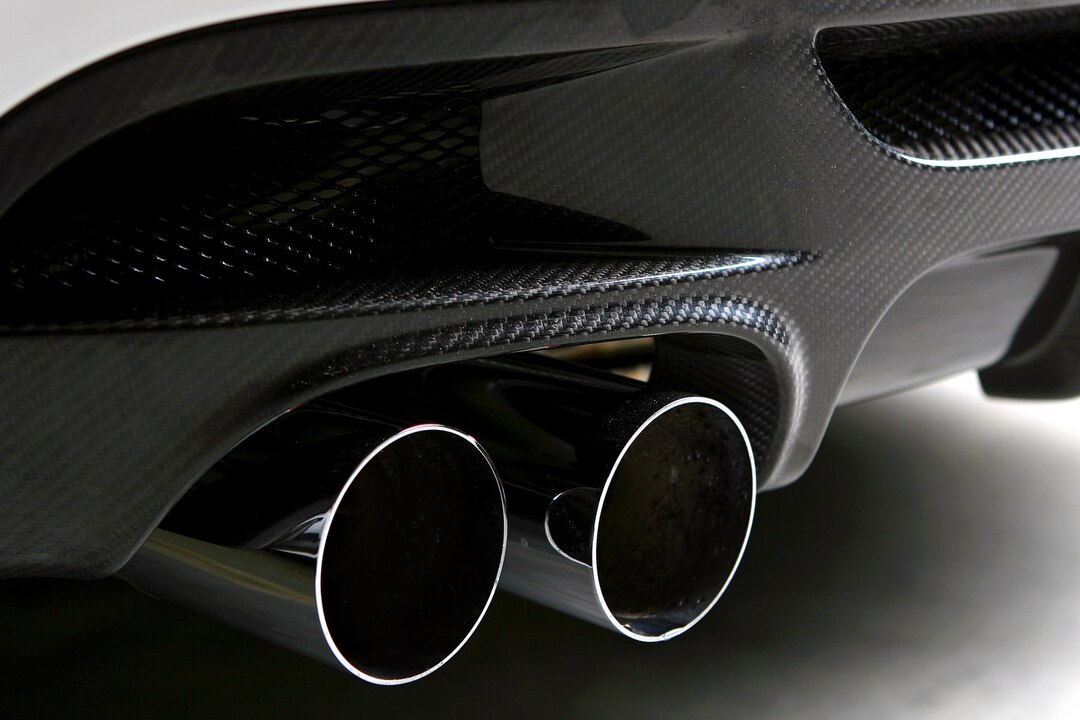The tailpipe of your car plays a crucial role in expelling exhaust gases from the engine and maintaining proper emissions levels. Over time, the tailpipe can deteriorate due to exposure to heat, moisture, and road debris, leading to various signs of wear or damage. Recognizing these signs early can help prevent exhaust leaks, reduce harmful emissions, and ensure optimal performance of your vehicle. Here are ten signs that your car’s tailpipe may need replacement:
- Rust or Corrosion: Visible rust or corrosion on the exterior of the tailpipe is a clear indication of deterioration. Rust can weaken the metal structure of the tailpipe, leading to holes or cracks that allow exhaust gases to escape.
- Excessive Exhaust Smoke: If you notice an increase in exhaust smoke coming from the tailpipe, it could indicate a problem with the exhaust system. Excessive smoke, particularly dark or black smoke, may be a sign of an exhaust leak or burning oil, both of which can affect engine performance and emissions.
- Loud Exhaust Noise: A sudden increase in exhaust noise, such as a loud rumbling or roaring sound, may indicate a hole or crack in the tailpipe. Exhaust leaks can disrupt the flow of exhaust gases and cause increased noise levels, especially during acceleration or deceleration.
- Rattling or Vibrations: Unusual rattling or vibrations coming from the tailpipe or exhaust system can be a sign of loose or damaged components. Loose hangers, brackets, or internal baffles can cause rattling noises as the exhaust system vibrates against the vehicle’s chassis.
- Reduced Fuel Efficiency: A damaged or restricted tailpipe can affect engine performance and fuel efficiency. If you notice a sudden decrease in fuel economy despite normal driving habits, it could be due to an exhaust leak or obstruction in the tailpipe.
- Check Engine Light: A malfunctioning tailpipe or exhaust system can trigger the check engine light to illuminate on your dashboard. The onboard diagnostic system (OBD) may detect irregularities in exhaust gas composition or emissions levels, indicating a potential problem with the tailpipe.
- Soot or Carbon Buildup: Excessive soot or carbon buildup on the exterior of the tailpipe may indicate a problem with the combustion process or fuel mixture. Rich fuel mixtures or incomplete combustion can lead to increased carbon emissions and reduced engine efficiency.
- Visible Damage: Inspect the tailpipe visually for signs of physical damage, such as dents, cracks, or holes. Even minor damage can compromise the integrity of the tailpipe and affect its ability to expel exhaust gases efficiently.
- Unpleasant Odors: If you detect unusual odors, such as sulfur or rotten egg smells, coming from the tailpipe, it could indicate a problem with the catalytic converter or other exhaust components. These odors may be a sign of a malfunctioning emissions system or fuel mixture imbalance.
- Dragging or Hanging Tailpipe: A tailpipe that is dragging on the ground or hanging lower than usual may indicate a broken or damaged exhaust hanger or bracket. Driving with a dragging tailpipe can cause further damage to the exhaust system and pose a safety hazard.
If you experience any of these signs or symptoms, it’s essential to have your car’s tailpipe inspected by a qualified mechanic or technician as soon as possible. Ignoring tailpipe issues can lead to exhaust leaks, increased emissions, and potential damage to other components of the exhaust system. A professional inspection can determine the extent of the problem and whether tailpipe replacement is necessary to ensure the safety and reliability of your vehicle.











